
Vocabulary Essential Activities for Kindergarten
Videos
(1/5)
Colors: Blue
If your child has now reached that stage when he is supposed to start learning about colors and differentiating them then you need to start teaching him with the basics. You see, there are so many colors out there and you cannot expect your child to pick on all the colors at the same time, right? Well, this is the reason why the wiser thing to do is to first start with the basic colors that are red, blue, yellow and green.These colors are easier to learn and well, this is where everyone takes the start. Now, speaking of teaching colors, let’s suppose you want to tell your child about the color “blue”. Now, what exact measures and steps will you take to make him understand which color is the “blue” color? Well, if you don’t know then here’s what you need to do. You need to use visuals to make your little one memorize the color blue.
If your kid is at that stage when he is supposed to learn about colors and their names then know that you as a parent or a teacher need to use as many visuals as you can. Speaking of teaching colors, let’s suppose you are currently focusing on “red”.
Use different examples, make him watch different videos about the color red and then move towards the point where you test him. Use DIY color books, makeup and sing some songs and rhymes and opt for hand painting to make this learning process fun for your kid.With a little practice and some hand painting, your kid will surely learn about the color red within no time and once he reaches that stage, you then can move to other colors like blue and green, etc. Moreover, you can even tell about the color red to your child by pointing out his/her favorite dress.
If you think it’s high time to teach your child about different colors then make sure to start with the basics ones that are blue, black, green, yellow, white. Yes, you read that right, you see, your child’s brain is too small at the moment and he can memorize limited things so don’t try to stuff his brain and start slow!
Today in this article we are going to talk about the yellow color and how you can tell your kid about this color. You see, you can’t just tell your little one about colors via text, in fact, you need to show them again and again what yellow color looks like and how is it different from the other colors. Now, in this case, you can do so much to teach your little one that you have no idea.
For starters, colors are all about visuals so make your child watch some good Youtube videos about the color yellow and we assure you that this technique will really be effective for them. These videos can do wonders to your child’s brain and they surely work so don’t forget to try this technique.
The video begins with their familiar elephant character drawing clouds and sun on a barren background. The elephant then draws a tree but it is without any color. Elephant then looks around and a dapper little leprechaun appears on the scene. He waves his green magic wand and the grass is now green. Children viewing the video are asked, “What color is the grass?” The color word GREEN is shown and the voiceover answers the question.
But the clever leprechaun is not done! In this video, viewers will learn colors for kids by watching what the leprechaun does next. Children and students will learn the color green when the leprechaun waves his wand and then green leaves appear on the tree. A green frog appears and the children are asked what color the frog and then the children are asked the color of the leprechaun’s hat.
Do you need a video that teaches colors for kids? This fun and educational video teaches the color orange. The video is ideal for use in school classrooms and home classrooms. ESL learners learn from and enjoy the video too. Learning the names of colors and correctly identifying colors is one of the first academic skills that young preschoolers and kindergarten students learn. When children learn to name colors, they effectively describe objects in their environment. But knowing colors is more than that. When children learn colors, they can compare and contrast things in the child’s environment as well as use color to sort and classify objects. The video is the appropriate length for young learners and simply explains the concept of the color orange.
Worksheets
(1/6)
And Worksheet Sight Words Worksheet
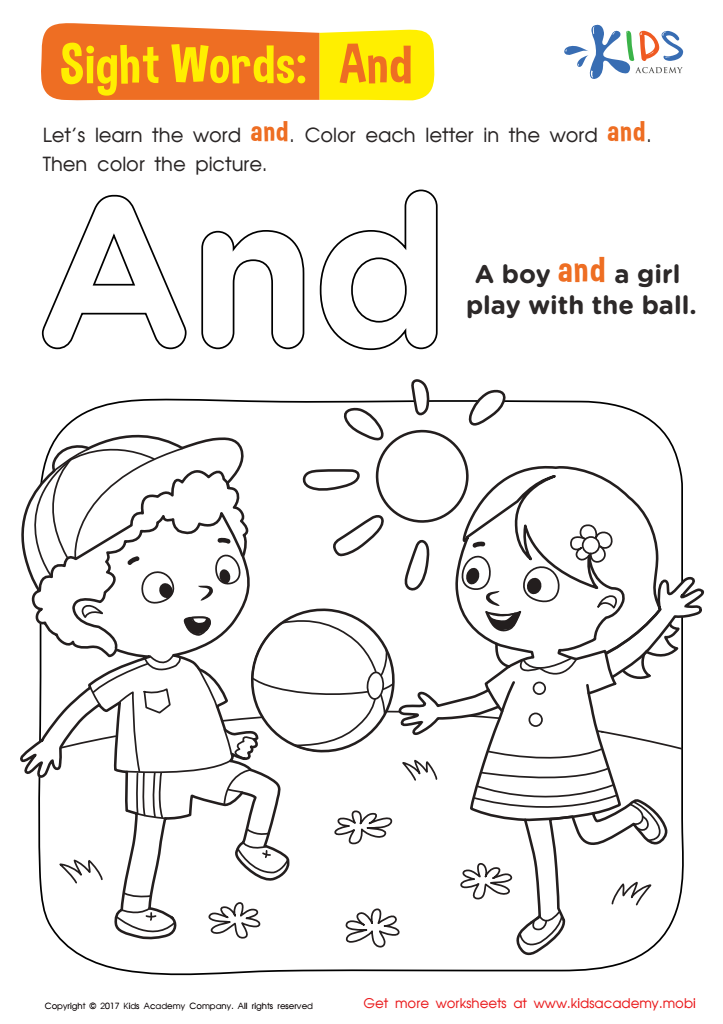
Sight words are short, high-frequency words kids can recognize and read without the need of phonics or decoding. Get the ball rolling with sight words to jumpstart your child’s early reading skills! Use this cheerful coloring page to motivate kids to learn how to read the word “and”. Simply print out this free worksheet, and help children read the sentence, pointing out the targeted word. Then get out the crayons and get to work coloring the word “and”, before finishing the rest of the delightful scene!
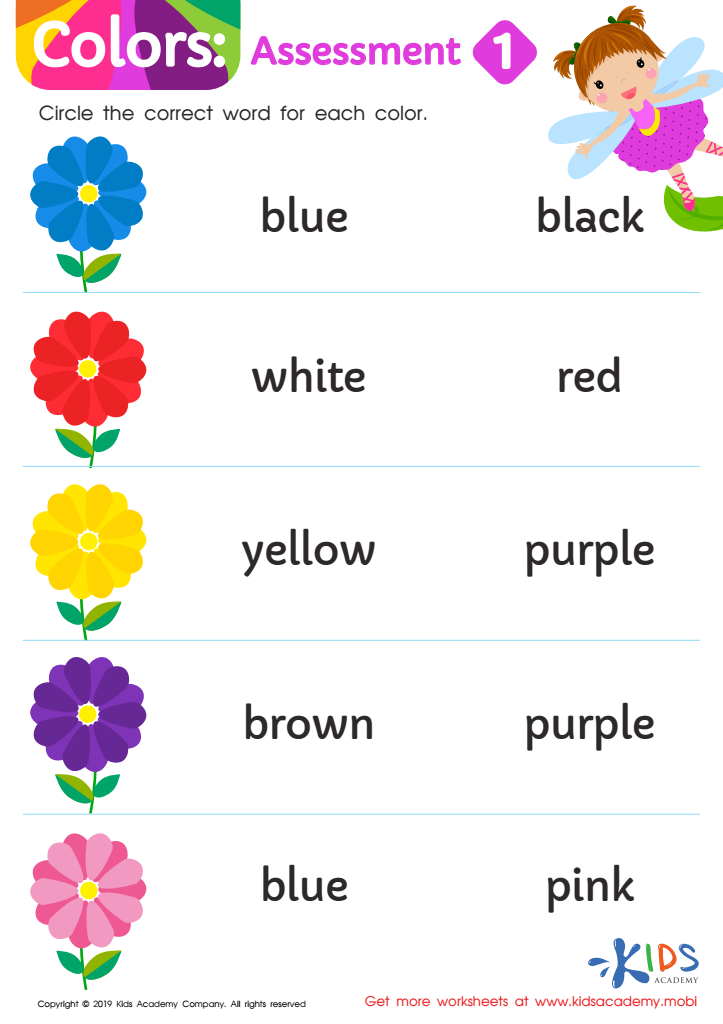
While sounding out words is an effective way for children to decode unfamiliar words, it is helpful to know how to read some words by sight. Adding color words to your child’s sight word list allows them to read more effectively and with fluency. This color word worksheet assesses your child’s knowledge of five color words. Children simply look at the flower and circle the color word that describes the flower. The colorful printable is an effective assessment tool for teaches to use in the classroom with preschool and kindergarten students.
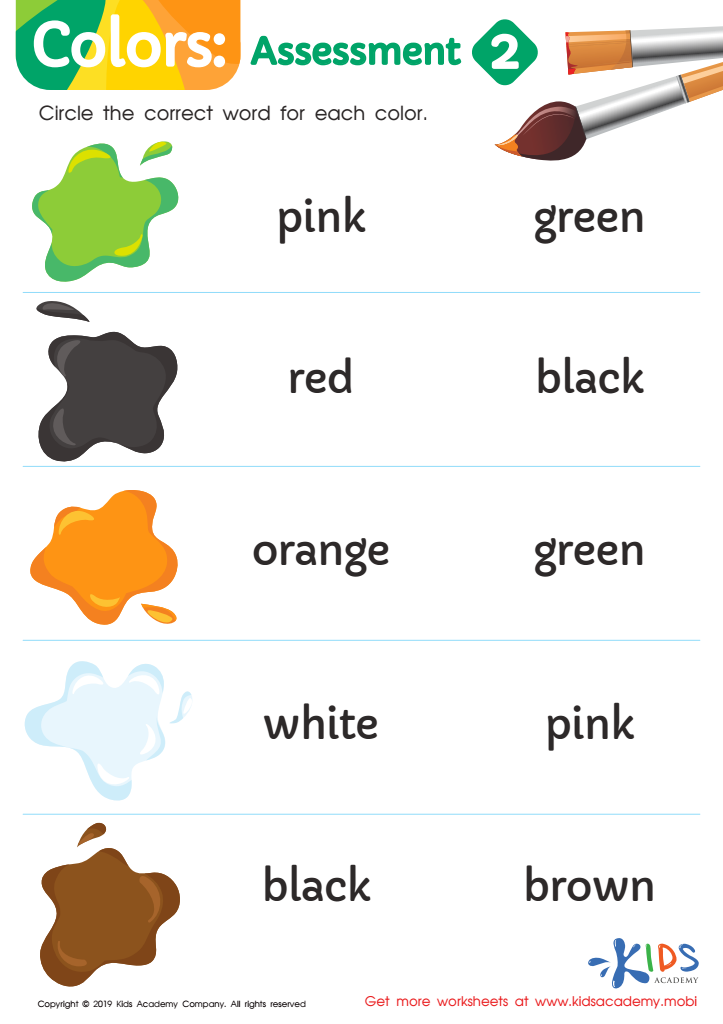
The ability to read color words allows young students to read with fluency and more confidence. After teaching the color words, check your student’s knowledge with this assessment worksheet. Student’s look at a paint color sample from an artist’s brush and then circle the correct color word that names the color of the paint. This simple but effective assessment allows parents and teachers to measure a child’s accuracy when reading color words.
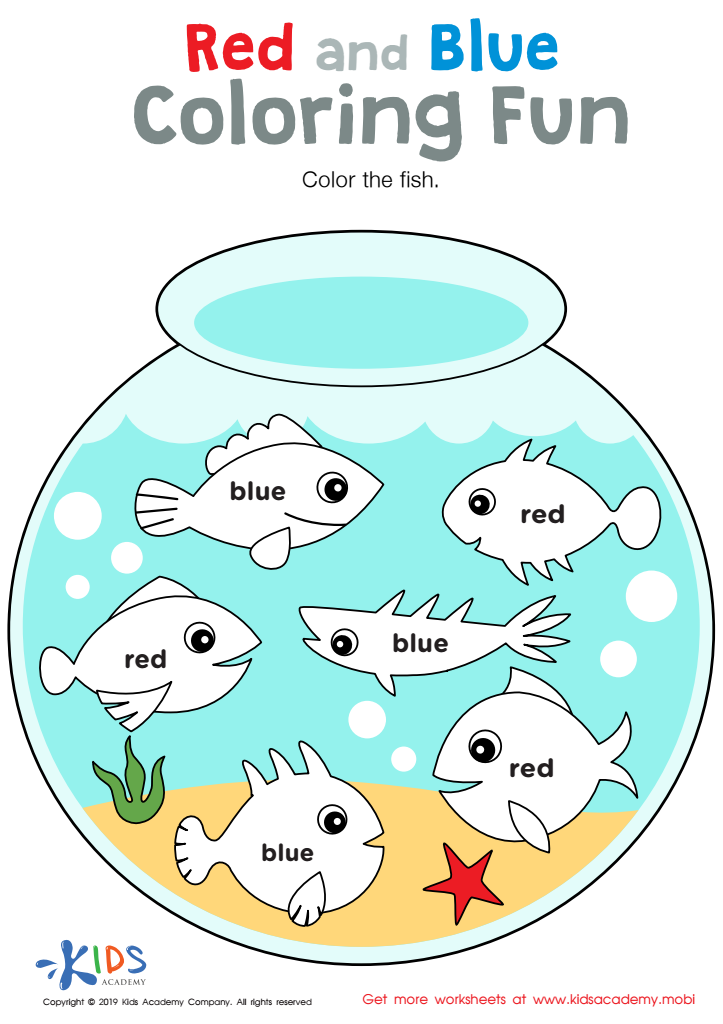
Many children can name things that are red or blue. But can your child read the color words “red” and “blue”? Opportunities for practice are important to master this skill. Teach these words easily with this fun fish bowl coloring worksheet. Children look at each fish and color the fish the designated color. Whether you are in the classroom or teaching your child from home, learning to read color words is fun with this coloring page.
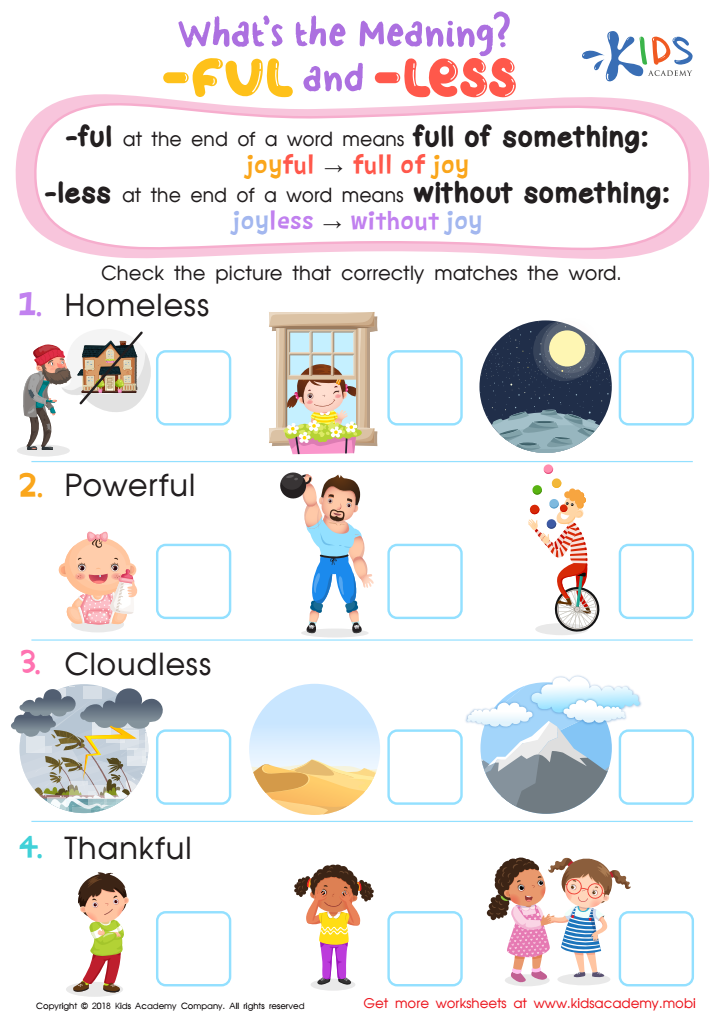
Prefixes are words added to the beginning of other words to alter their meanings. Suffixes, on the other hand, are words that are added to the ending of other words to give them a different meaning, too. For example, adding «-ful» or «-less» to the ending of words changes their meaning. Look through this colorful worksheet with your youngster and identify the pictures that correctly match the meaning of the words at the top.
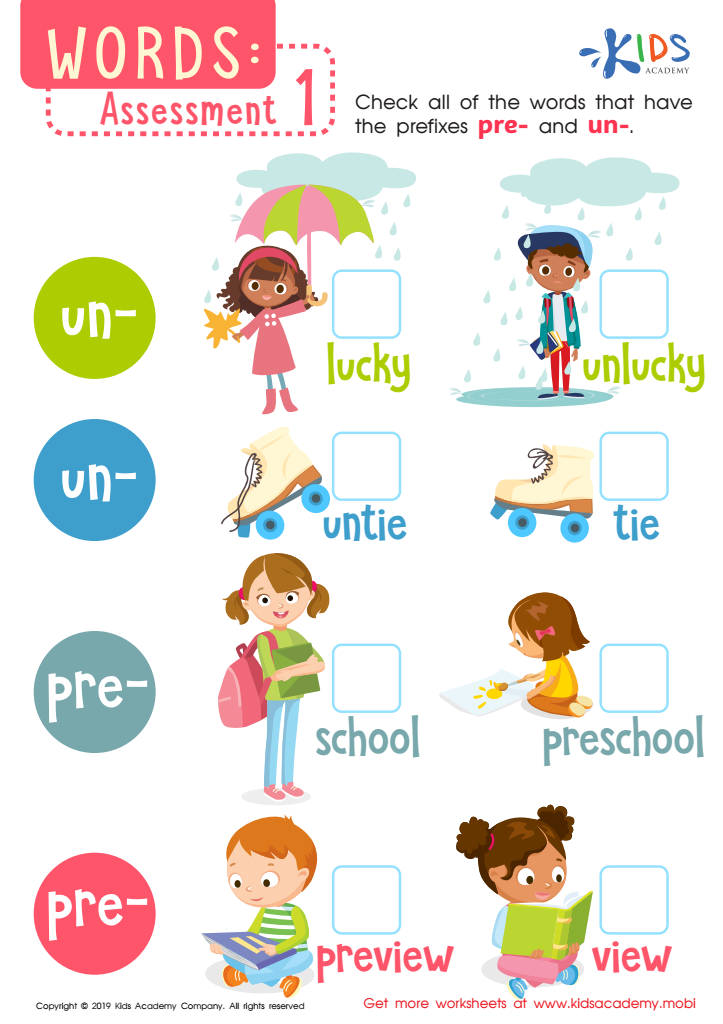
Prefixes are important word parts that are added to roots to give those words enhanced and clarified meaning. As your child works through second and third grade, help hone his or her knowledge of prefixes and suffixes using resources from Kids Academy! This handy assessment worksheet will tell you whether your learner has mastered the prefixes pre- and un-. View the illustrations and read the words to determine which contain the targeted prefix in each row!
Quizzes
(1/6)
Identifying Sight Words

In this assessment, students will identify common sight words.
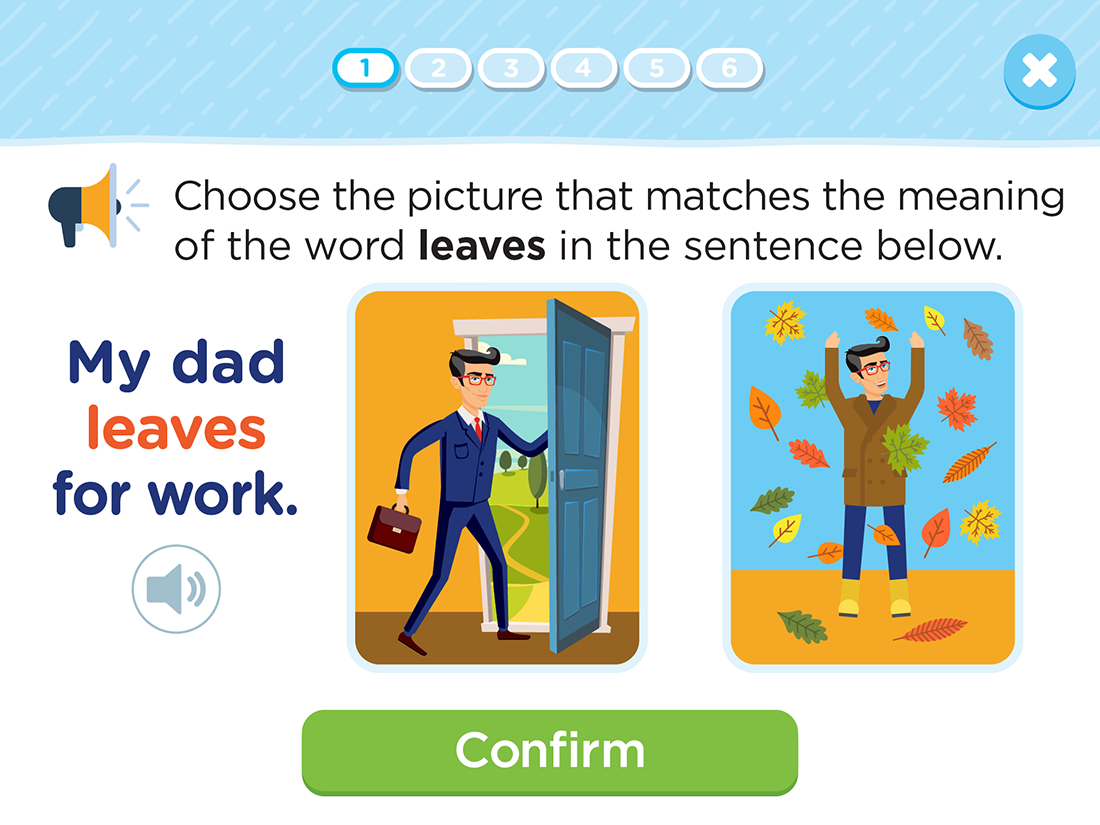
In this assessment, students will identify new meanings of familiar words and use the prefixes un and pre.
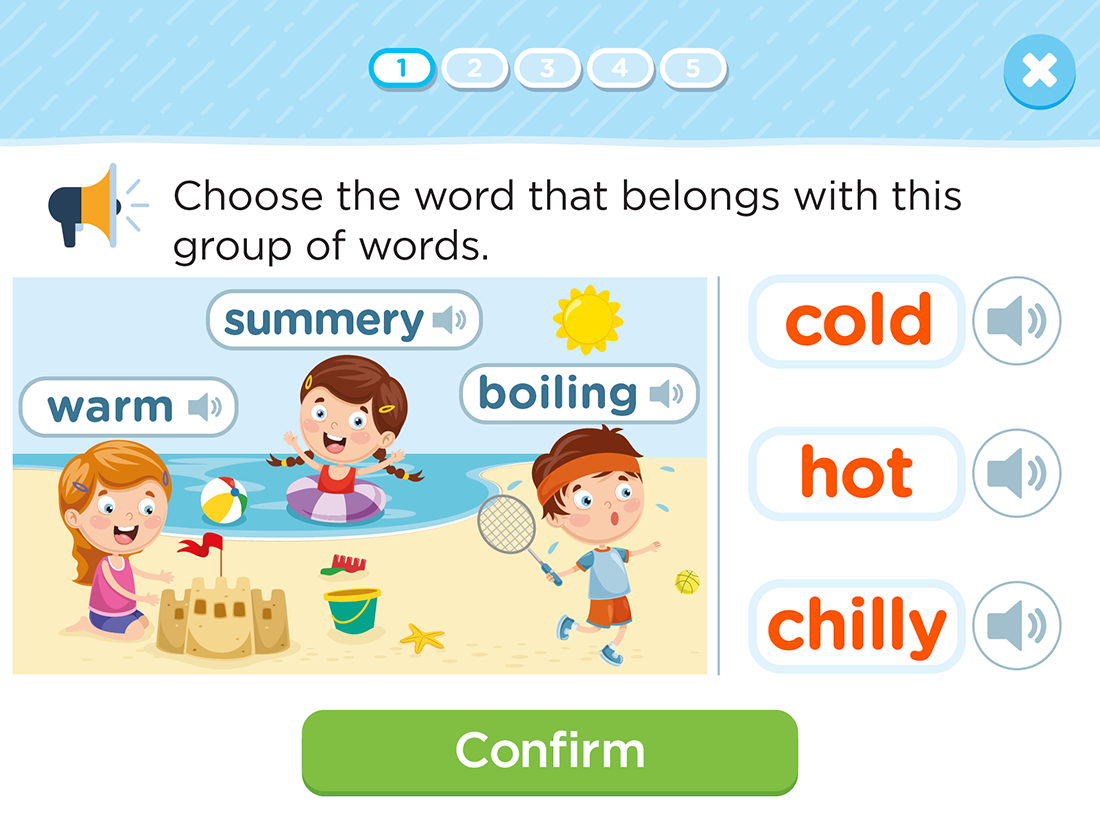
In this assessment, students will make connections between words and real life and connect groups of words that have related meanings.
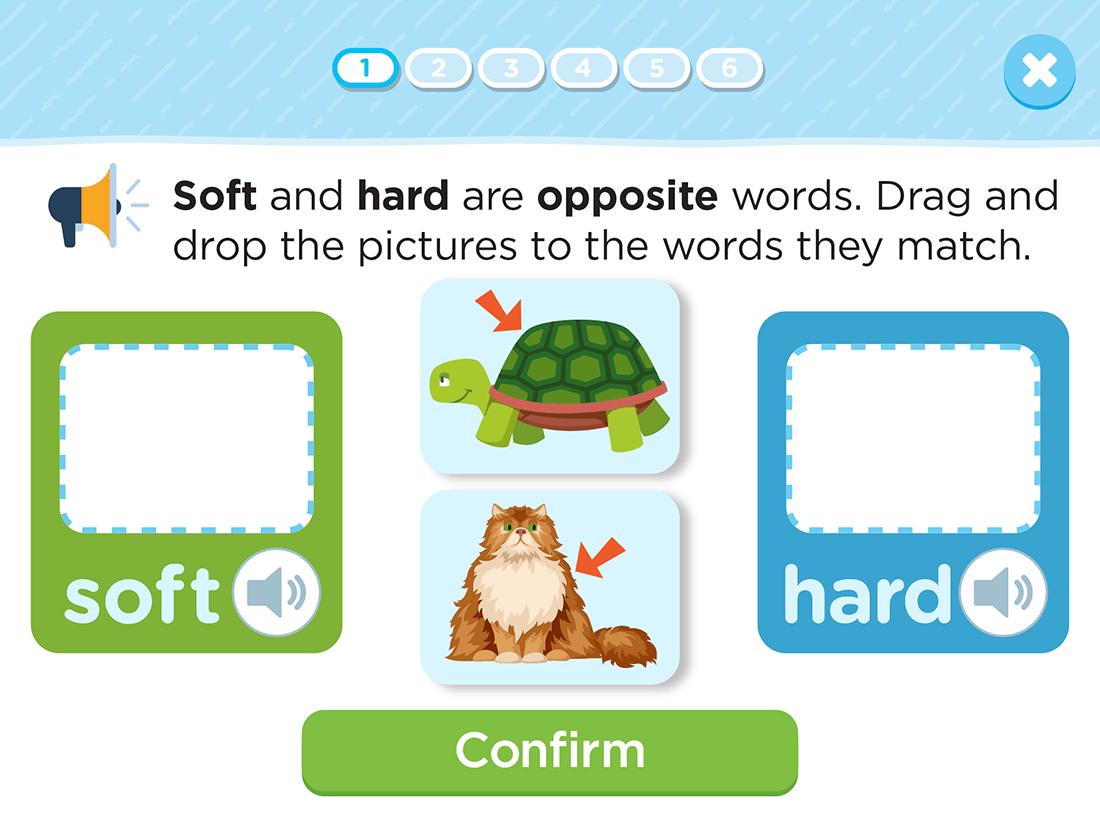
In this assessment, students will match words and pictures to their opposites.
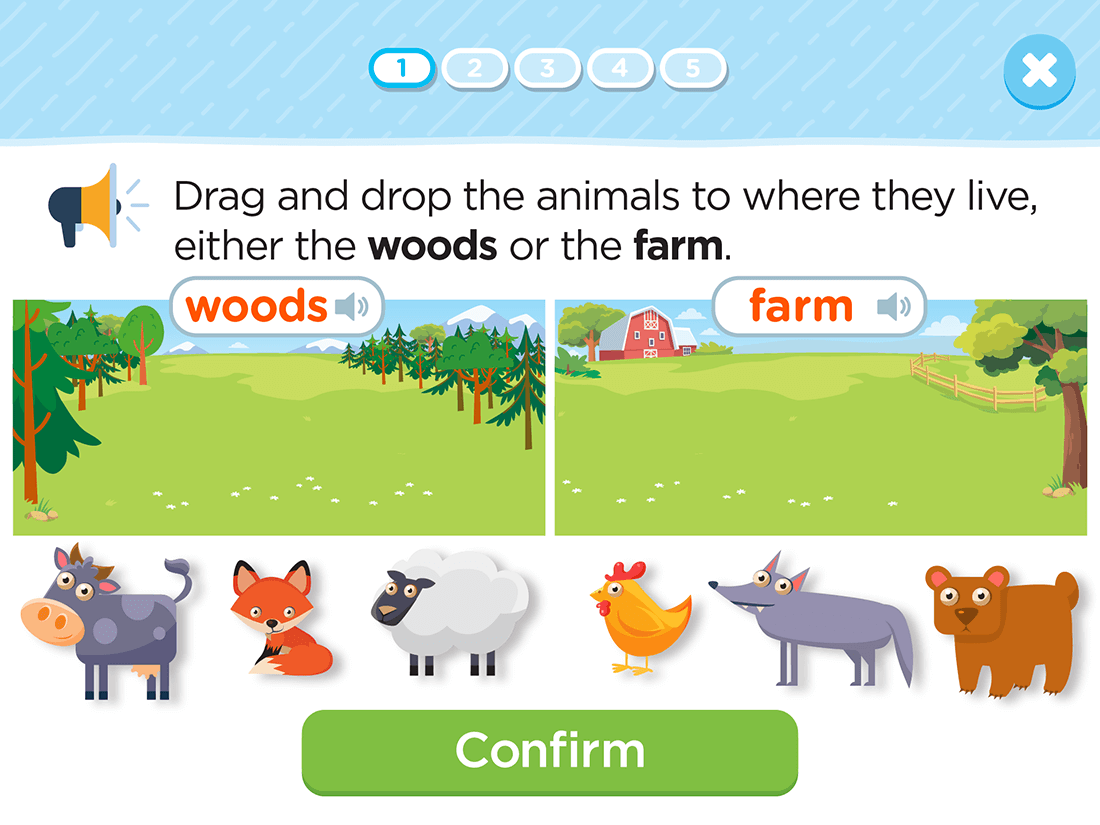
In this assessment, students will sort familiar items into categories.
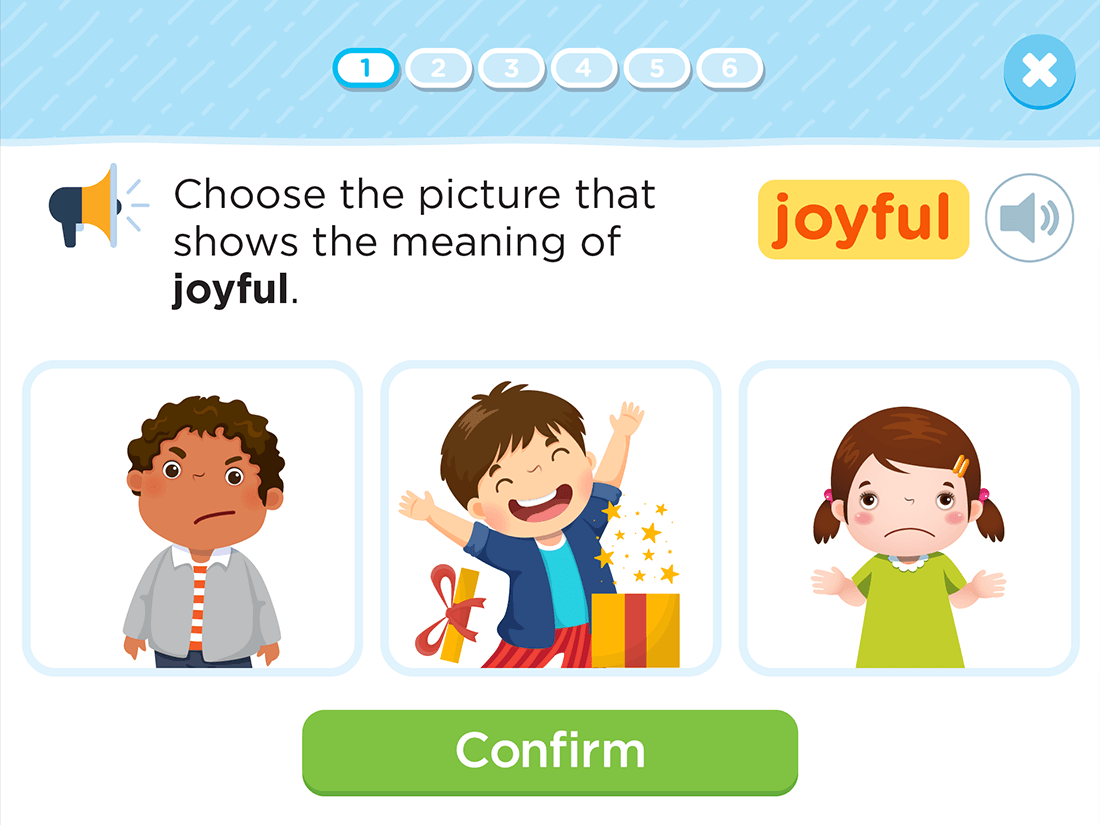
In this assessment, students will identify the meaning of words with the suffixes -ed, -s, -ful, -less.


